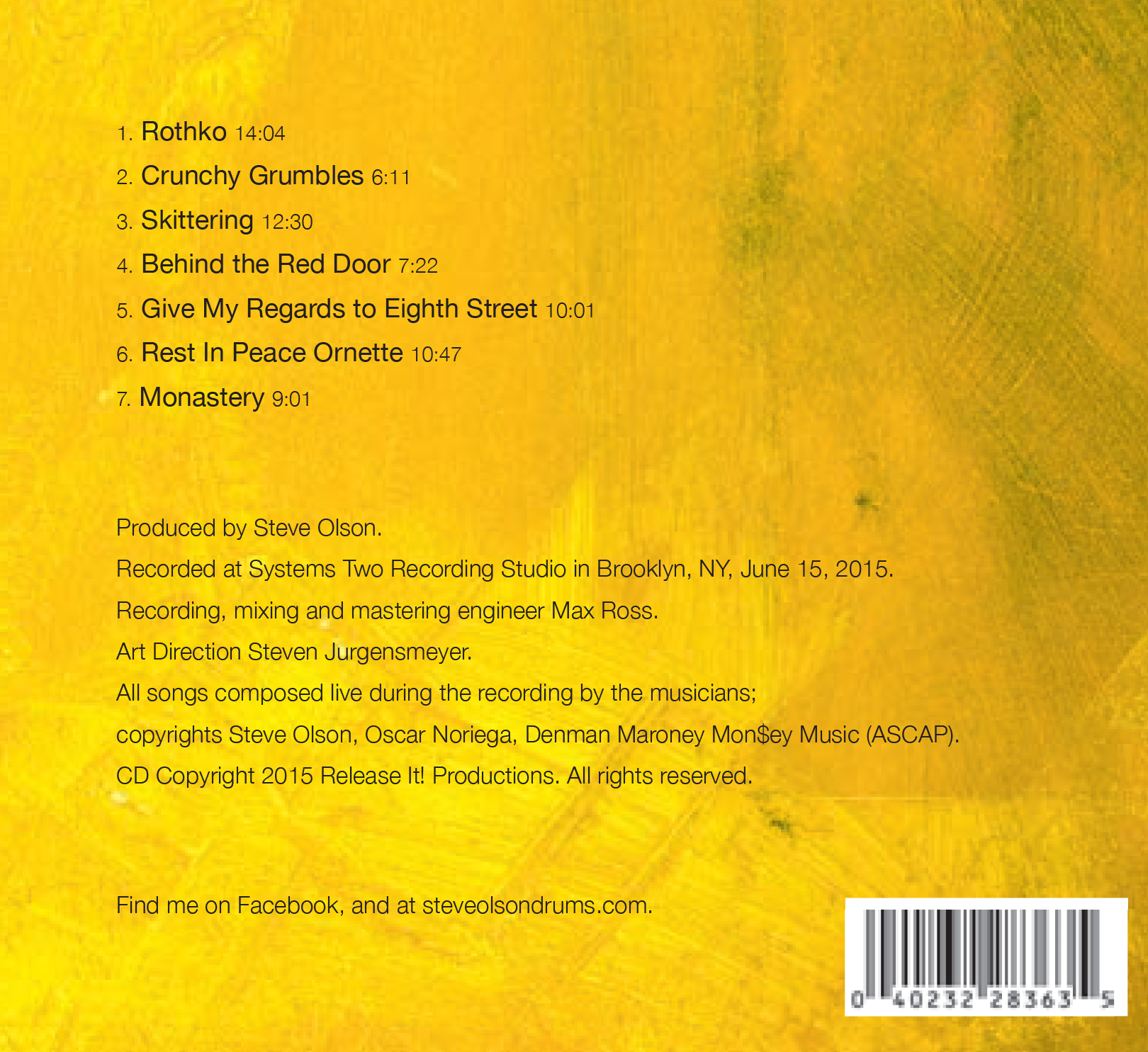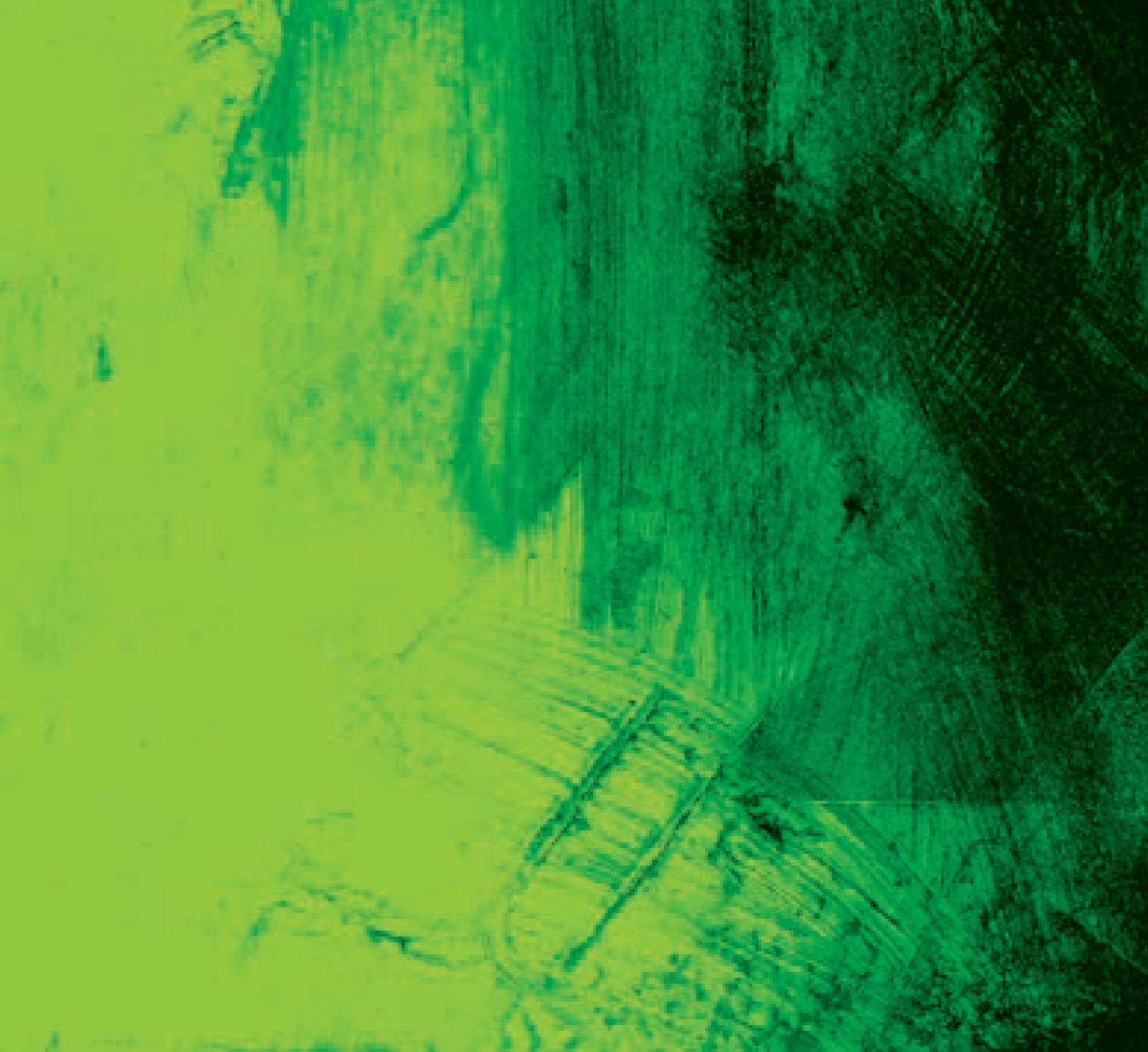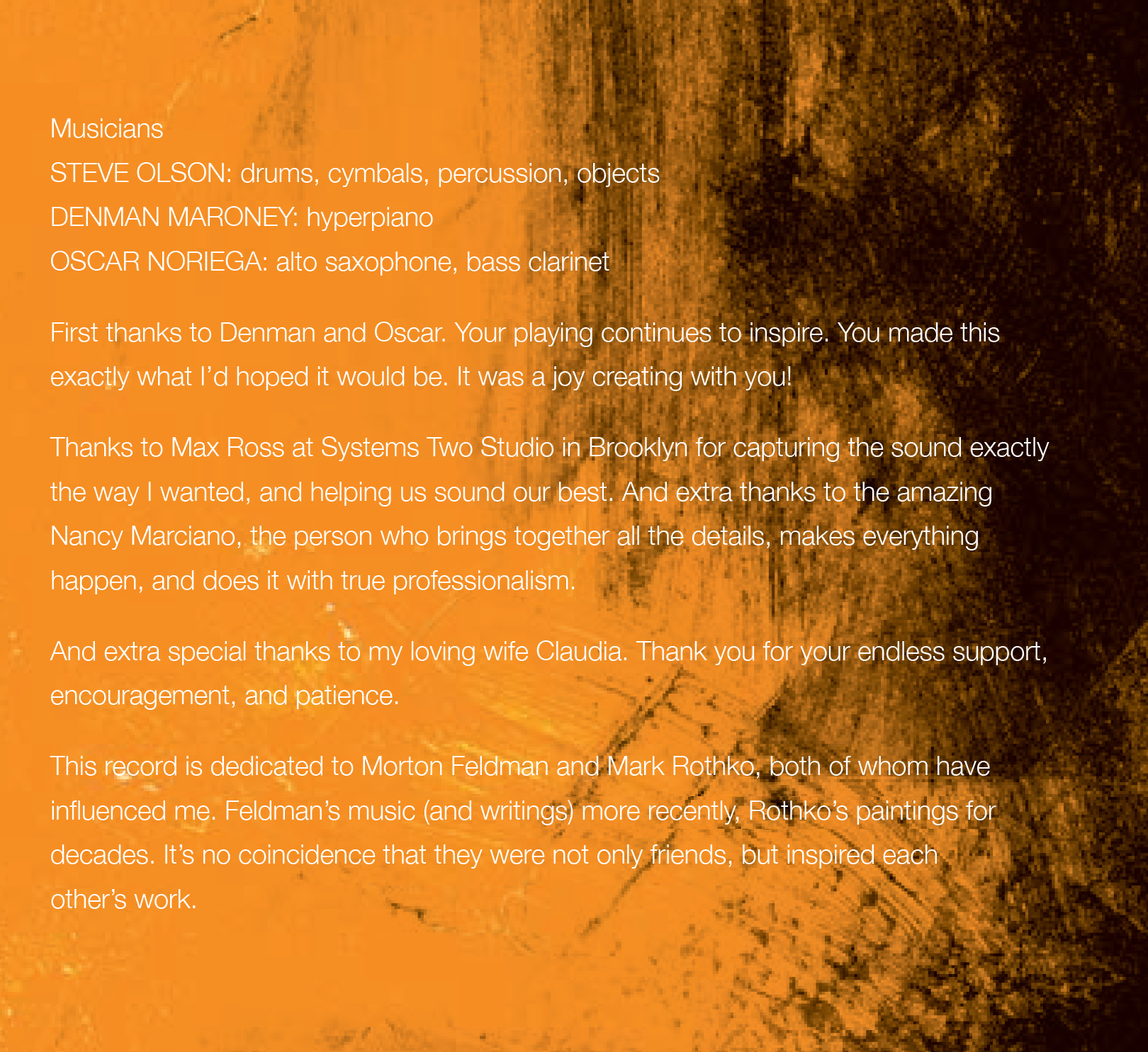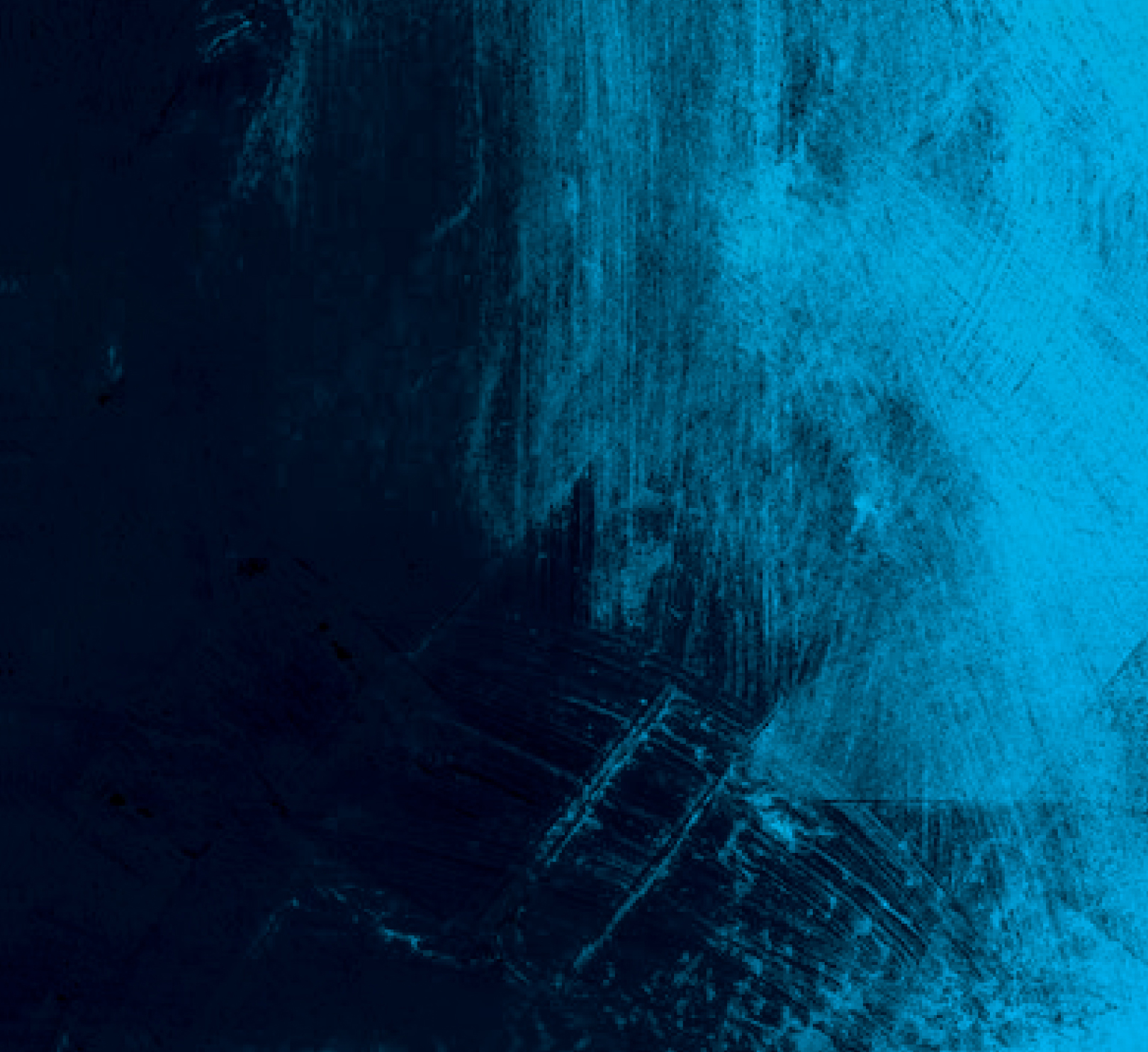After Songs of Mirth and Melancholy, his gorgeous duet album with Joey Calderazzo, Branford Marsalis returned to his quartet for the next record, Four MF’s Playin’ Tunes. It was the first Branford Marsalis Quartet project since 2009 and featured newly enlisted drummer Justin Faulkner, and Marsalis was very excited about this version of the band. That, in fact, was the basis of his visual direction to me: this band was hot, they played extremely well off of each other, and each player was an integral piece. And, with that, I was off…
I came up with a concept that was easy to explain, but understood that it might be hard to visualize, since the whole hook played off the camera’s shutter speed. The idea was to feature each member, starting with Branford, seated in a simple chair against a white seamless backdrop. Then, behind him, the other three band members would hustle in and out, constantly walking and moving behind Branford. The photographer, Eric Ryan Anderson, would then focus on Marsalis, sitting extremely still, and utilize a very slow shutter speed so everyone else would be a blur. I thought this perfectly represented Branford’s idea of this band.
To fully illustrate that each person, at some point, stood at the center of the music, we had each member take his turn “in the chair,” while the former subject joined in the blur of energy in the background. It was awesome, simultaneously one of the most fun — and most stressful — shoots I’ve ever worked on. The very nature of the concept was random; you simply couldn’t tell what you were going to get, but thank goodness for the digital age. Laptops gave us real-time updates where we could make adjustments instantly; this would have been a nightmare, if not impossible, with film. Eric Ryan Anderson was brilliant, and the band was tireless in our pursuit of what we were looking to execute.
Knowing we had achieved what we wanted, we celebrated and called it a day. We took a TON of pictures, and although many weeded themselves out for various reasons — people had walked out of the frame, the subject at the center had moved and was also blurry — we had lot to choose from, and everyone found a shot of themselves they liked. For once, we did not have to find a single photo of four people, where all four people were happy with how they looked!
As I laid out a series of approved photographs, I had an idea on how to further the metaphor of Branford’s vision of the band. Since they were ALL integral to the band, why not make a booklet where you could fold it in a way that each band member could be on the cover? By reproducing the title of the record on each panel, this could be easily accomplished — and, boy, did the rhythm section love this concept! Although the record did not yet have a title, I mocked it up with some dummy type and worked with our printer to get a fold that could accommodate this concept. It was very cool — perfect “conceptual continuity” to quote the late, great Frank Zappa.
Now…about that title. The shoot was over, the design work nearly finished, but there was still no title for the record. There was a conference call with Branford, his management/label reps, and myself and, after much discussion, Branford was exasperated and said “I don’t care what you call it. Call it four motherfuckers playing tunes.” The call ended shortly after that, but I could not get that potential title out of my head. It fit *perfectly* and after some discussion, a censored version got the official go ahead.
There was still one more piece to complete; the tray card. That piece can fill up quickly, with the tracks and times featured, and the necessary evils of logos, legal lines and the UPC shoehorned in. It simply doesn’t leave much room for graphics, particularly if you’re looking at a full band shot. Combing through the photos, I was struck by a singular image, likely a throwaway shot simply to check lighting and framing. It was the lone chair that quietly shared the stage with the quartet, in stark light against the seamless background fabric. Not only did it offer lots of negative space to accommodate all of the type, it presented a beautiful idea to me. After the shoot was over, it was the last thing standing, and for my concept of the revolving group energy around each musician, it offered up the metaphor of being the musical document left behind from the band, their recording sessions, and the photo shoot.
I’ve recently come across Yo Yo Ma’s latest release “Six Revolutions: Bach Cello Suites” and did a double, triple and quadruple take. I thought, “That’s my cover for ‘Four MF’s! Right down to the simple chair!” I put a lot of conceptual thought into this project and can’t help but wonder what the thought process was behind the Ma cover. They say imitation is the sincerest form of flattery, but, man…I can only hope it’s an homage of some sort and not just co-opting the concepts and ideas I brought to bear for the “Four MF’s…” project. Damn!







